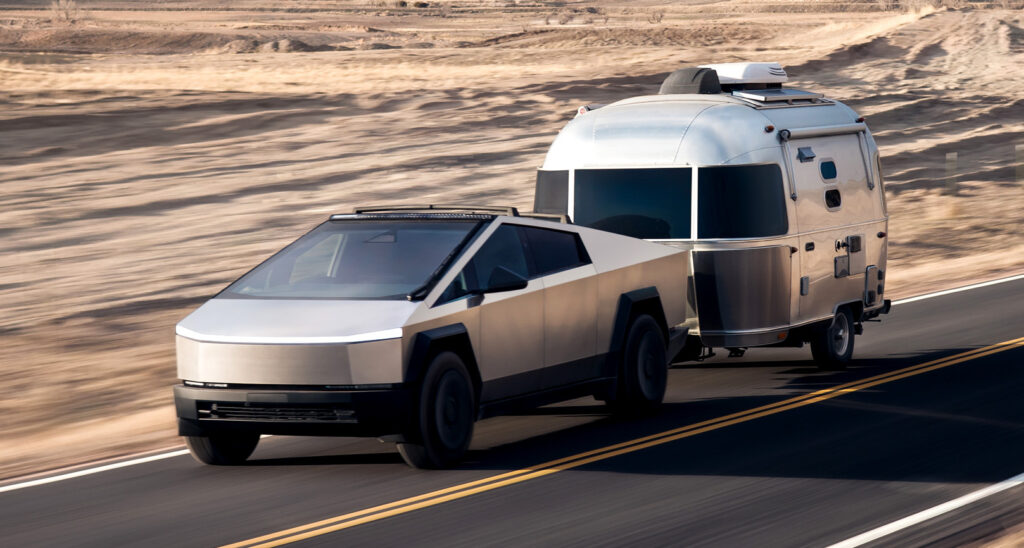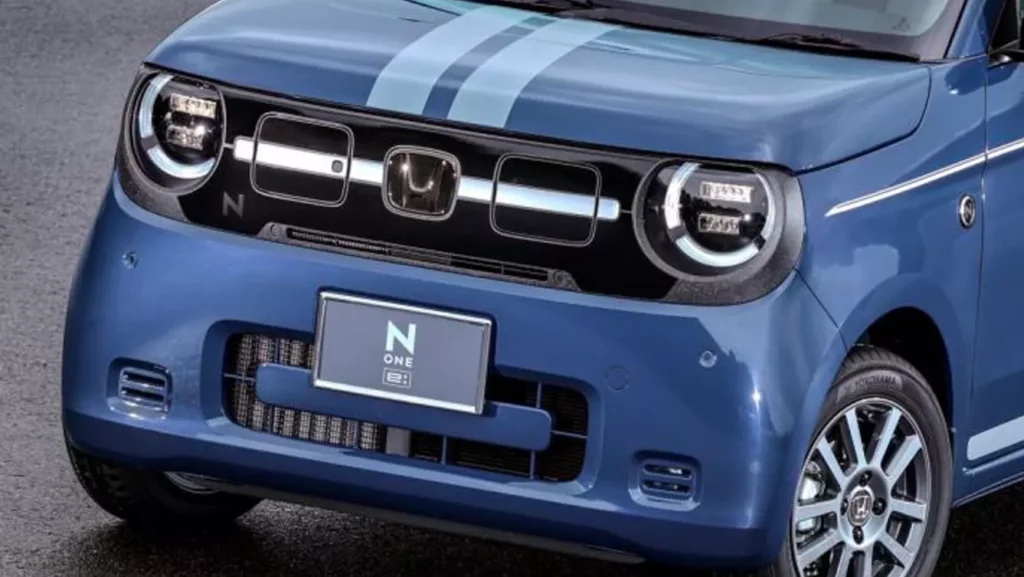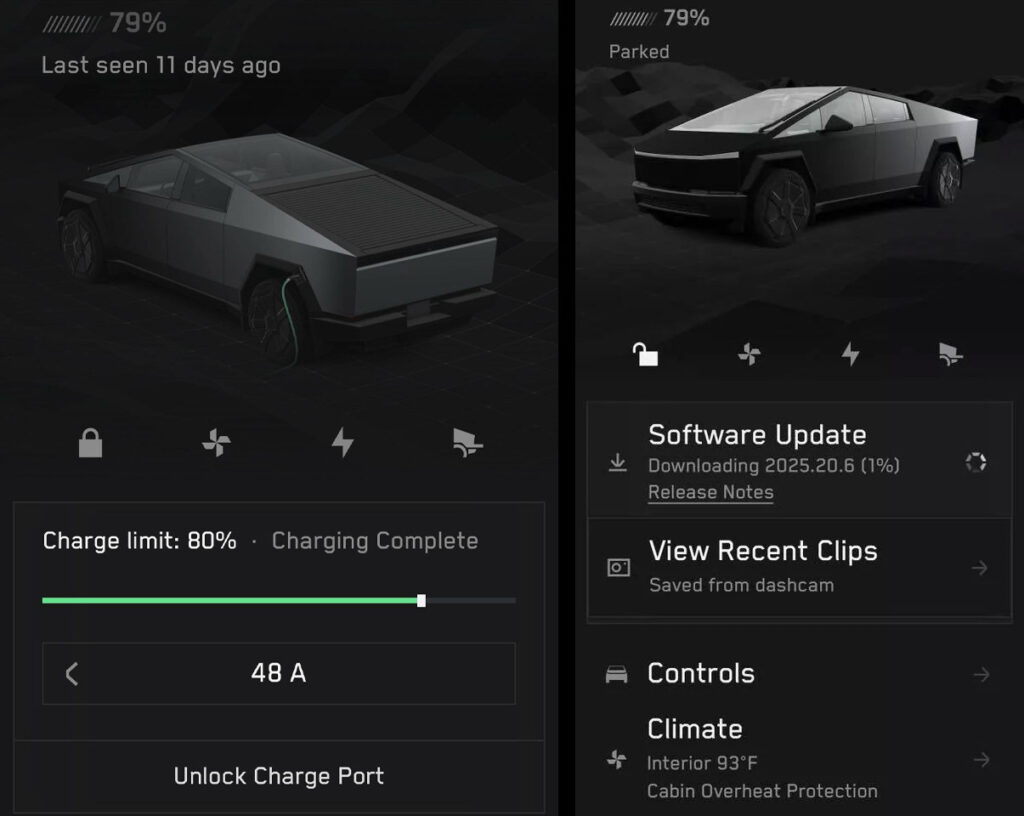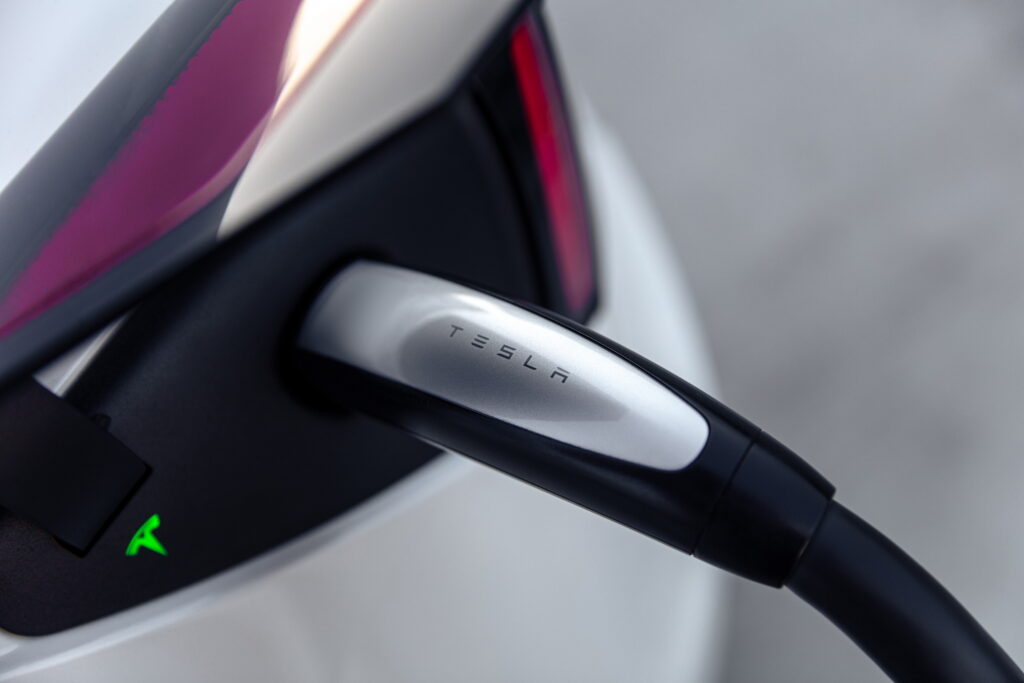Cybertruck Suspension Mysteriously Explodes In Owner’s Driveway

- Cybertruck’s air suspension failed dramatically after sitting parked for 12 hours.
- Shock and spring pushed through the frame, causing significant structural damage.
- Tesla denies warranty coverage, attributing damage to an outside influence.
Air suspension systems offer a unique advantage in modern vehicles, letting drivers adjust ride height on the fly. This makes them especially useful for off-roaders and pickup trucks, where flexibility and ground clearance are key. The Tesla Cybertruck is one of many vehicles to come standard with air suspension, but according to one owner, his truck’s suspension failed dramatically, and with no clear explanation.
Also: Cybertruck Owner Returns To Dead EV After Two Weeks Plugged In
Writing on the Tesla Owners Online forum, a member living in Texas says he was at home when he heard a low “shotgun-like bang” from his Foundation Series Cybertruck parked outside. He looked and noticed “smoke or dust” rising from the Tesla’s bed in his driveway.
Most people who hear a bang from an EV may expect the battery to have spontaneously caught on fire, but that’s not what happened here, or at least according to the owner.
A Sudden Collapse
Following the noise, the right side of the Cybertruck immediately began to sag after the bang. The EV was towed to the nearest Tesla service center in Houston. A technician found that one of the shocks and springs had pushed itself upward and damaged part of the Tesla’s frame.
Despite the unusual nature of the failure, Tesla declined to cover the damage under warranty. According to the service center, the failure was the result of an “outside influence.” They also requested $250 from the owner to release the vehicle in its current condition.

The owner has suggested that the extreme Texas temperatures could have caused the air suspension to blow, noting that the truck hadn’t been driven for over 12 hours when the suspension failed in spectacular fashion.
External Damage, or a Design Flaw?
Not everyone on the forum agrees with the temperature theory. One user suggested that, for the air suspension to fail as described, the casing would likely have had to suffer prior damage, possibly from an off-road excursion. The owner admits to driving his Cybertruck off-road, and it’s certainly possible the suspension could have been damaged without him noticing.
Regardless of what caused the damage, no vehicle should suffer catastrophic suspension failure like this, unless it’s driven off a cliff or something like that. While air suspension systems can occasionally run into issues, a spontaneous failure that impacts the frame raises questions, either about unseen damage, the system’s durability, or both.
Could extreme heat have triggered the failure, or did off-road use quietly weaken the suspension until it finally gave way? The cause remains unclear, but it’s certainly not the kind of bang any EV owner wants to hear.













































